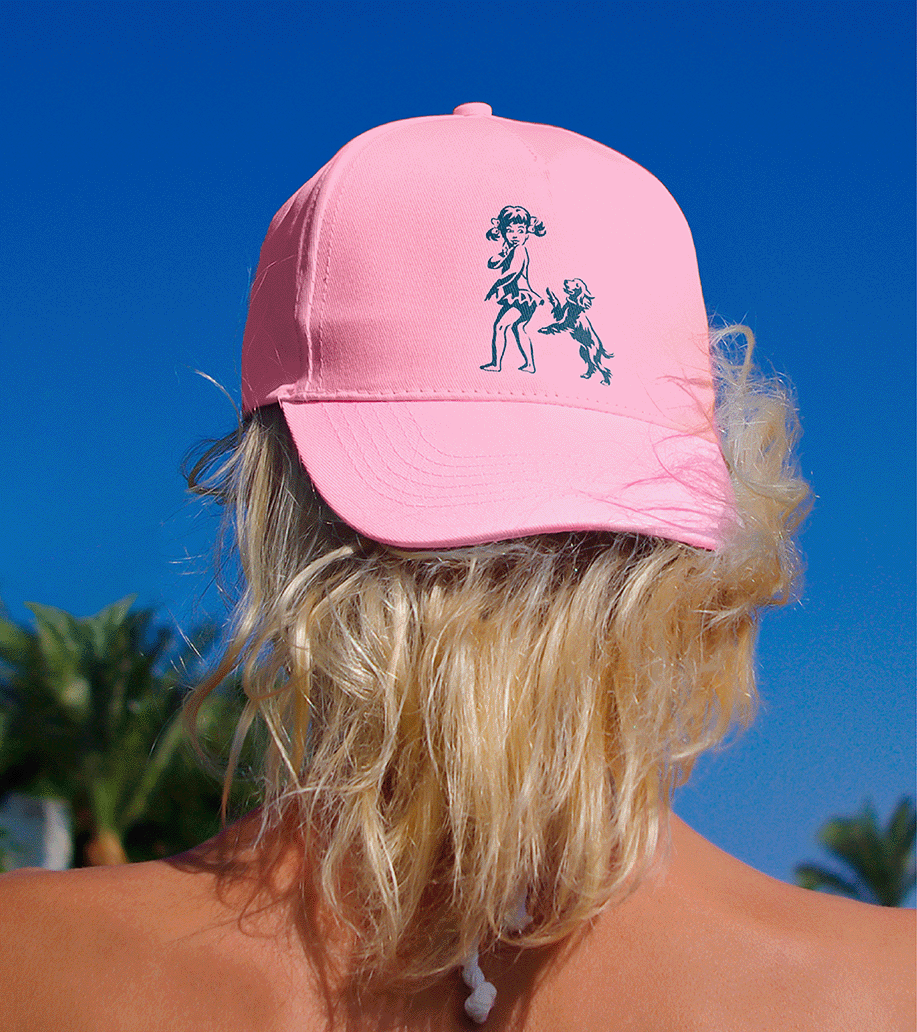In today’s digital-first world, well-planned and creatively executed brand assets are scarce. The digital revolution and rise of DTC (direct-to-consumer) has meant that new online businesses are popping up all over the place – and in order to get to market quickly, brands deploy bold, colorful, yet templated brand playbooks to create a checklist of assets that lack a distinct personality.
They do a “good enough” job under the circumstances, but in a world of bright, bold, and somewhat simple brand saturation, we need to work harder to make every second and pixel count. It’s paramount that we push to breathe more life into the digital brands we build.
This article discusses three strategies to ensure your digital brand assets are versatile, unique and technologically compatible:
Leveraging Brand Behavior.
Brand positioning is at the core of any brand expression. This is where a brand’s behavior and/or personality traits are defined. These traits become the judgment criteria for how brands should behave and are a filter that designers need to use well when crafting every touchpoint of their brand assets.
Now, of course, we need to first ensure your brand personality traits are distinct from others in the category, but then let’s be rigorous about how we leverage them to inform every touchpoint.
A brand needs to think about how its assets are going to act in the real world and online. Be intentional and thoughtful with every asset you create to ensure consistent expression, but do not copy and paste. This will enable consumers to more easily associate an emotional connection to the asset created.
The new identity from MullenLowe does this very well. As they say themselves “It breaks free from any type of symmetry and rigidity. With no corners or end points, it changes and moves and behaves in different ways. The MullenLowe octopus is alive. It has a will, a personality, and, above all, it wants to move. With its endless twists and turns, it has the freedom to reinvent itself infinitely” and yet in every expression, it is still distinctly itself. Much like any human behavior.






